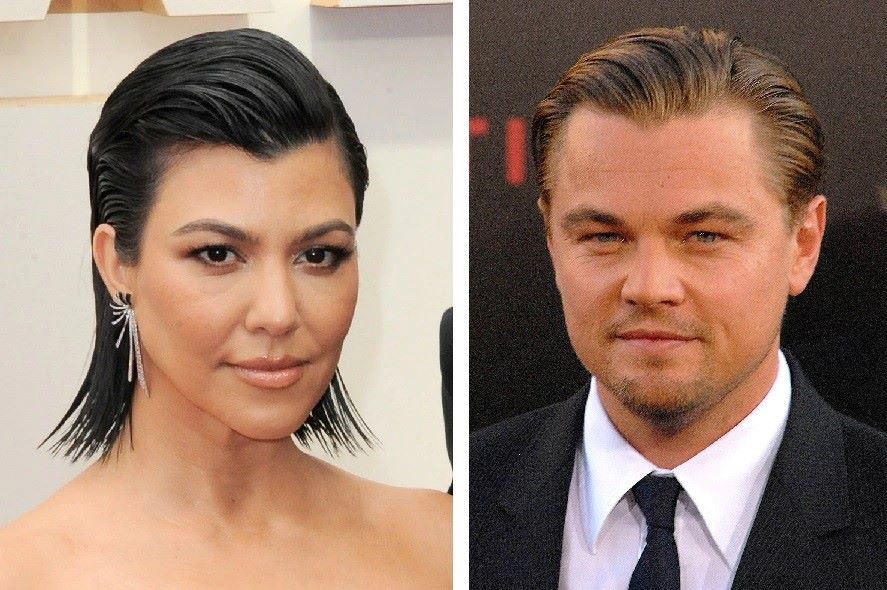Widow’s Peak Hair Transplant: Restoring Balance and Confidence
A widow’s peak is a unique hairline shape that can add character to a person’s appearance. However, for some individuals, the pronounced V-shape or thinning around the widow’s peak can lead to concerns about symmetry, confidence, or aesthetics. Hair transplants for a widow’s peak have become a popular solution, allowing individuals to restore or reshape this distinctive feature. Here’s an in-depth look into widow’s peak hair transplants, the process, and what you need to know.
Understanding Widow’s Peak Hair Transplants
A widow’s peak hair transplant focuses on restoring density or reshaping the hairline to achieve a more balanced and natural look. People opt for this procedure for various reasons, including:
- Hair Loss in the Widow’s Peak Area: Thinning or balding at the peak can make the hairline appear uneven.
- Desire for a New Hairline Shape: Some individuals wish to enhance or minimize the prominence of their widow’s peak.
- Restoring a Receding Hairline: Over time, the hairline may recede, causing the widow’s peak to lose definition.
A hair transplant can address these concerns by implanting healthy hair follicles into the desired areas.

The Procedure: How Does It Work?
Widow’s peak hair transplants often use the Follicular Unit Extraction (FUE) method, though Follicular Unit Transplantation (FUT) may also be an option. Here’s what the process involves:
Consultation and Hairline Design
A specialist assesses your hair loss pattern, discusses your goals, and designs a natural-looking hairline. If you want to enhance or reshape your widow’s peak, the surgeon maps out the new design.
Donor Hair Extraction
Healthy hair follicles are harvested from the donor area, typically the back or sides of the scalp, where hair is more resistant to thinning.
Implantation
The extracted follicles are carefully implanted into the widow’s peak area or surrounding hairline. The surgeon places each graft to match the natural growth direction, ensuring a seamless look.
Post-Procedure Care
After the procedure, you’ll receive instructions for washing your scalp, protecting the transplanted area, and promoting healing.
Recovery and Results
Recovery from a widow’s peak hair transplant follows the same timeline as other hair transplants:
- First Few Days: Expect some redness, swelling, or scabbing in the treated area.
- 2–3 Weeks: The “shock loss” phase occurs, where transplanted hairs temporarily fall out before regrowth begins.
- 3–4 Months: New hair starts to grow, gradually filling in the widow’s peak or reshaped hairline.
- 12–18 Months: Full results are visible, with the hairline blending naturally with the rest of the scalp.
Who Is a Good Candidate?
Widow’s peak hair transplants are ideal for individuals who:
- Have sufficient donor hair.
- Experience hair loss or thinning around the widow’s peak.
- Wish to reshape their hairline for aesthetic or personal reasons.
- Are in good overall health and have realistic expectations about the results.
Benefits of a Widow’s Peak Hair Transplant
- Restored Symmetry: A transplant can enhance the balance and appearance of your hairline.
- Customized Results: Whether you want to emphasize or minimize your widow’s peak, the procedure is tailored to your preferences.
- Natural Appearance: Advanced techniques ensure that the transplanted hair blends seamlessly with your natural growth.
- Permanent Solution: Transplanted hair is resistant to thinning, making it a long-lasting solution.
Cost Considerations
The cost of a widow’s peak hair transplant depends on factors such as the number of grafts required, the clinic, and the surgeon’s expertise. Prices typically range between $2,000 and $4,000, but consultations can provide a more accurate estimate based on your needs.
Widow’s Peak Hair Transplant FAQ
Can a hair transplant create or enhance a widow’s peak?
Yes, a hair transplant can either create a widow’s peak if you don’t naturally have one or enhance an existing one. Surgeons use advanced techniques to design and implant hair follicles in a way that looks natural and suits your face shape.
How many grafts are needed for a widow’s peak transplant?
The number of grafts depends on the extent of reshaping or restoration required. Typically, a widow’s peak transplant requires fewer grafts than a full hairline restoration, usually between 500 and 1,500 grafts.
Is a widow’s peak hair transplant permanent?
Yes, hair transplants are considered permanent. The transplanted follicles are taken from areas of the scalp that are resistant to hair loss, ensuring long-lasting results.
How much does a widow’s peak hair transplant cost?
The cost varies based on the number of grafts, the clinic, and the surgeon’s expertise. Prices typically range from $3,000 to $10,000, but a consultation can provide a more specific estimate.
Will the results look natural?
Yes, when performed by an experienced surgeon, the results will look entirely natural. The placement of each graft is done with precision to mimic the direction, angle, and density of your natural hair.
Who is a good candidate for a widow’s peak hair transplant?
Good candidates include individuals who:
- Have sufficient donor hair.
- Are experiencing hair loss or thinning around the widow’s peak or hairline.
- Want to reshape or enhance their hairline for aesthetic reasons.
- Are in good overall health and have realistic expectations.
How long does the procedure take?
A widow’s peak hair transplant typically takes 4–8 hours, depending on the number of grafts and the complexity of the design.
Is the procedure painful?
The procedure is performed under local anesthesia, so it’s virtually painless. Some minor discomfort or tenderness may be experienced during recovery.
What is the recovery time after the procedure?
- First Few Days: You may experience mild swelling, redness, or scabbing.
- 2–3 Weeks: The transplanted hairs enter a “shedding phase,” which is normal and temporary.
- 3–4 Months: New hair growth begins.
- 12–18 Months: Full results are visible.
What is the “shedding phase,” and is it normal?
The shedding phase, also known as “shock loss,” occurs 2–3 weeks after the procedure when transplanted hairs temporarily fall out. This is a natural part of the process, making way for new, healthy hair growth.
Can I reshape or reduce my widow’s peak with a hair transplant?
Yes, hair transplants can be used to reshape or soften a prominent widow’s peak if desired. The procedure is highly customizable based on your goals.
Are there risks associated with the procedure?
As with any medical procedure, there are minor risks, including infection, scarring, or uneven growth. However, these risks are rare when performed by a qualified and experienced surgeon.
Can I combine a widow’s peak transplant with other hair restoration procedures?
Yes, a widow’s peak transplant can be combined with other hair restoration techniques, such as full hairline restoration or crown filling, depending on your needs.
How do I choose the right clinic or surgeon?
Research clinics with experienced surgeons, positive reviews, and a portfolio of natural-looking results. Consult multiple specialists to discuss your goals and get a tailored plan.
How can I maintain the results of my transplant?
To ensure long-lasting results:
- Follow post-operative care instructions.
- Maintain a healthy lifestyle and scalp care routine.
- Consult your doctor about treatments like PRP therapy or medications to support existing hair.

















